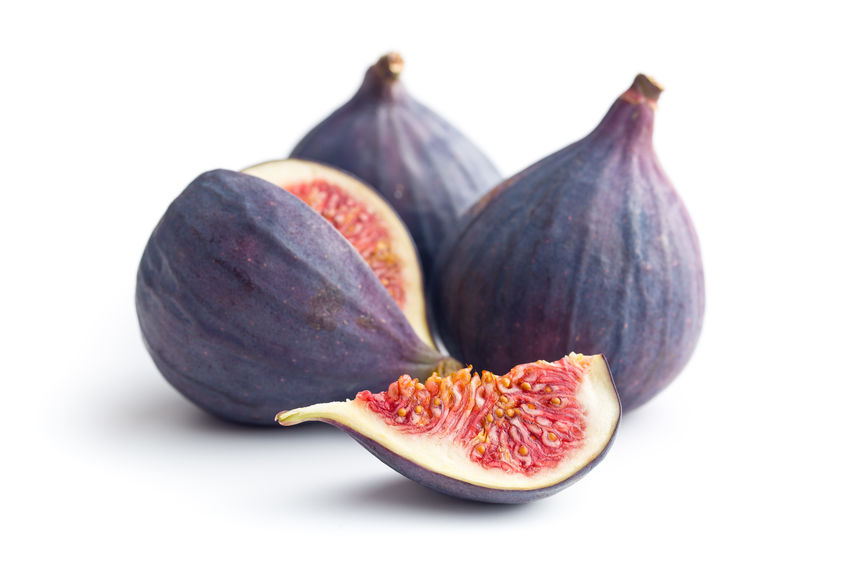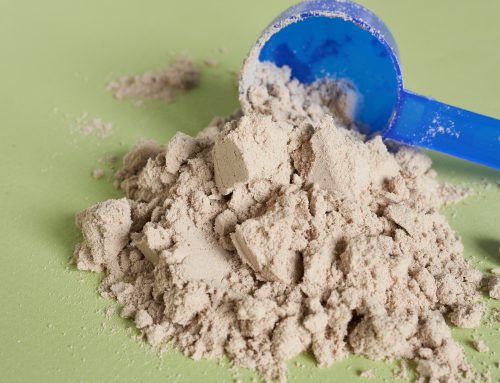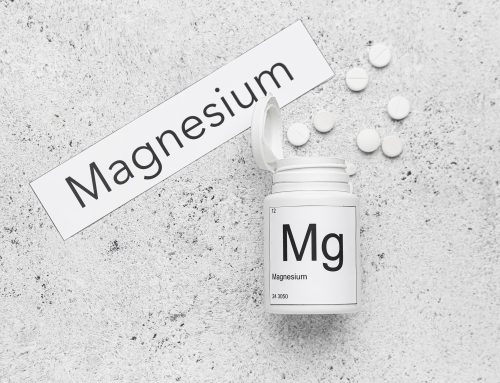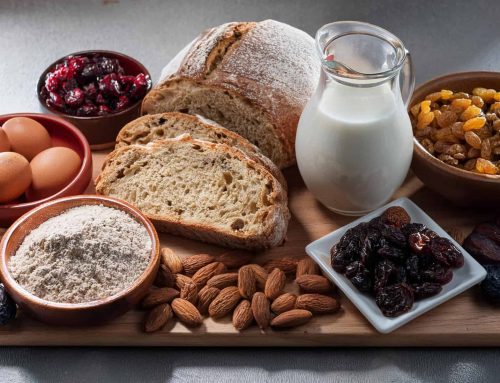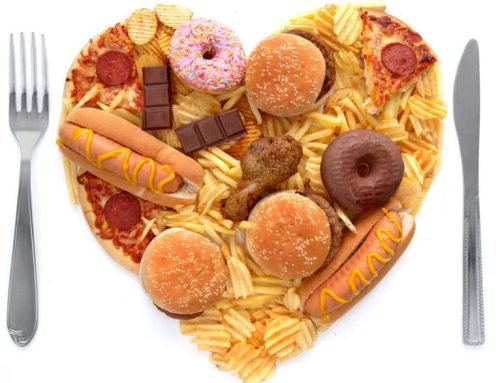Diets for High Blood Pressure Include Potassium Rich Foods
Diets for high blood pressure benefit both from decreasing sodium, as well as from increasing your intake of potassium rich foods.
Figs May Help Lower High Blood Pressure
Diets for high blood pressure benefit from foods like figs. Figs help control potassium, which helps lower high blood pressure. They are also high in fiber, which helps you lose weight and may allow you to get off of your high blood pressure medications.
Figs are a good source of potassium, a mineral that helps to control blood pressure. Since many people not only do not eat enough fruits and vegetables, but do consume high amounts of sodium as salt is frequently added to processed foods, they may be deficient in potassium.
Low intake of potassium-rich foods, especially when coupled with a high intake of sodium, can lead to hypertension.
In the Dietary Approaches to Stop Hypertension (DASH) study:
- One group ate servings of fruits and vegetables in place of snacks and sweets.
- That groups also and also ate low-fat dairy food.
- This diet delivered more potassium, magnesium and calcium.
- Another group ate a “usual” diet low in fruits and vegetables with a fat content like that found in the average American Diet.
- After eight weeks, the group that ate the enhanced diet lowered their blood pressure by an average of 5.5 points (systolic) over 3.0 points (diastolic).
The Many Health Benefits of Figs
1. Figs May be a Sweet Way to Lose Weight
Figs are a good source of dietary fiber. Fiber and fiber-rich foods may have a positive effect on weight management. In one study, women who increased their fiber intake with supplements significantly decreased their energy intake, yet their hunger and satiety scores did not change. Figs, like other high fiber foods, may be helpful in a weight management program.
2. Figs May Protect against Postmenopausal Breast Cancer
Results of a prospective study involving 51,823 postmenopausal women showed a 34% reduction in breast cancer risk for those consuming the most fruit fiber compared to those consuming the least. Fruits richest in fiber include apples, dates, figs, pears and prunes.
3. Figs’ Potential Cardiovascular Effects
In animal studies, fig leaves have been shown to lower levels of triglycerides (a form in which fats circulate in the bloodstream). Even fig leaves have been shown to inhibit the growth of certain types of cancer cells.
A Recipe for a Diet for High Blood Pressure
Here’s a healthy recipe that’s not only a treat, but appropriate for diets for high blood pressure.
Skip the packaged cookies and make your own, healthier fig bars. This fabulous recipe combines figs, walnuts, and rolled oats for a delicious treat.
Fabulous Fig Bars
Ingredients (24 servings)
- 16 ounces stemmed, chopped dried figs
- 1/2 cup chopped walnuts
- 1/3 cup sugar
- 1/4 cup orange juice (juice from 1/2 orange)
- 2 Tablespoons hot water
- 1/2 cup margarine or butter, softened
- 1 cup packed brown sugar
- 1 large egg
- 1 1/2 cups all-purpose flour
- 1/2 teaspoon baking soda
- 1 1/4 cups old fashioned rolled oats
Directions
- Preheat oven to 350 degrees.
- Lightly spray or oil a 9×13-inch baking pan.
- Combine figs, walnuts, sugar, orange juice and hot water in a mixing bowl and set aside.
- Mix together margarine and brown sugar until creamy. Add egg and mix until smooth.
- Mix flour and baking soda. Stir into egg mixture. Blend in oats to make soft dough.
- Reserve 1 cup of dough for topping. With floured fingertips, press the remaining dough into a thin layer on the bottom of baking pan.
- Spread fig mixture evenly over the dough. Crumble reserved dough over top, allowing fig mixture to show.
- Bake 30 minutes or until golden brown. Cool completely in baking pan. Cut into 24 bars (about 2.5 x 2 inches).
Nutrition (per bar)
Calories 180
Total fat 5 g
Fiber 3 g
Protein 3 g
Carbs 33 g
Click here for this fig bar recipe. It’s perfect for diets for high blood pressure.

